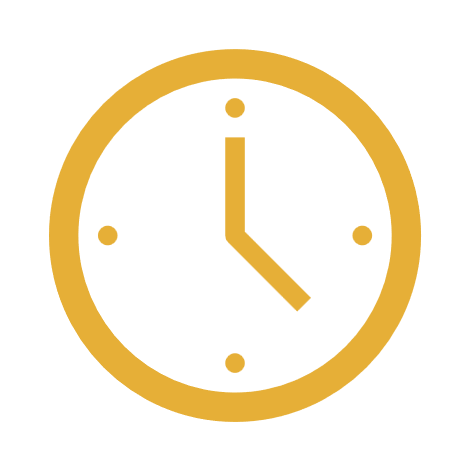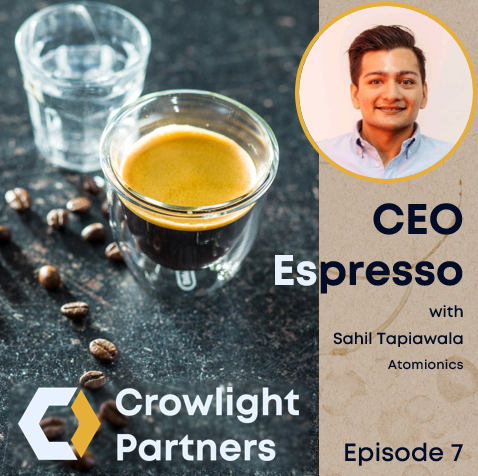Sahil is the co-founder and CEO of Atomionics, a deep-tech company at the frontier of quantum sensing and geophysical exploration. Their mission? To build a 3D “X-ray” of the Earth’s crust — enabling faster, more precise, and environmentally responsible access to critical resources like lithium, copper, and geothermal energy.
By miniaturizing quantum sensors and deploying them on mobile platforms — from SUVs today to drones tomorrow — Atomionics is transforming how the world maps and taps into its subsurface potential. They work with global mining giants like BHP and Rio Tinto, as well as with governments that are rethinking how they secure resource sovereignty in a decarbonizing world. At its core, Atomionics is creating a complete inventory of the Earth’s underground resources to support the transition into a sustainable future — one scan at a time.
Question: Sahil, what does success as a CEO mean to you?
Response: For me, success is when the organization is effective. That means we set ambitious goals and then actually achieve them. There are two components to that: the output and the process. Some leaders might focus only on output — achieving the score — while others might only control the game itself. True leadership means being in control of both.
What do you regularly ask yourself to stay on course?
I constantly ask myself: “This is what we said we’d achieve in 3, 6, 9 months — did we?” If not, why not? And what could I have done differently? I see it as a matter of agency — we have more control than we think.
When meeting a new team leader for the first time, what do you look for?
The questions they ask. That reveals how much they care about the mission, not just the task. I also look for a growth mindset — are they willing to learn and adapt? And finally, low ego. If someone cares more about the outcome than about being right, that fosters productive disagreements among the team, which brings about creative solutions.
How do you handle disagreements within the team?
I think there are two types: technical disagreements and personal disagreements. Technical disagreements require clarity on trade-offs and a decision-maker to commit to a path. For personal disagreements, it’s about candid, emotionally intelligent feedback — stating the impact, acknowledging intent, and proposing a better path forward. We invest in training people to give and receive feedback, especially since to some of our team — physicists, engineers — it doesn’t come naturally.
You mentioned growing a commercial function. What part of negotiation challenges you the most??
One part is certainly knowing what we want — and understanding what the other person wants. You need to be crystal clear on what the agreement is about. Another part is standing my ground. I grew up as a people-pleaser, so saying no can be hard — especially when I know I should. I’m working on that. I try to start from a stronger position so I have room to concede, and I also meditate to stay emotionally grounded during negotiations.
Have you mostly negotiated alone, or with others?
Fundraising negotiations I usually handle alone. For commercial contracts, I’m typically joined by a colleague — so it’s more of a team effort.
What are you currently learning or developing as a CEO?
How to build layers in the organization. We used to be eight people — everyone could sit in a room and knew what needed to be done. But with 22 and growing, we need structure, better communication flows, and clearer decision-making processes. I’m trying to understand how to shape the culture and organization without losing our agility.
We conducted the interview in May 2025.



